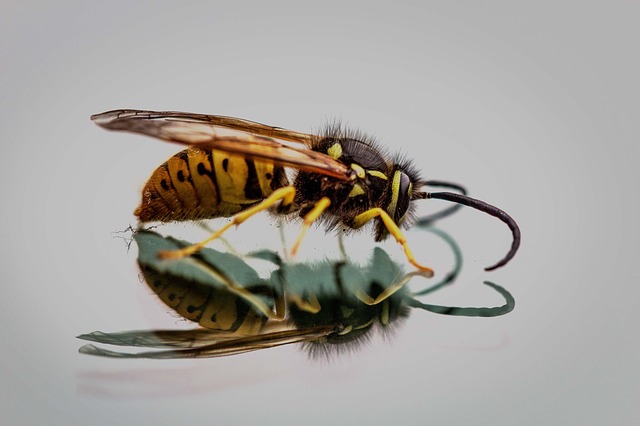Macro Photography or Macrophotography is a modality or category that came to offer us an expanded perspective of the beauty of beings, individuals and objects. Who has not stopped marveling at all that the world has to offer before our eyes? One of the most prodigious abilities that nature has given us is the ability to visually perceive it .
Frequently we do not stop delighting in front of shapes, colors and textures related to the daily life of our lives. Imagine the possibility of approaching them and contemplating them in detail. The truth is that our capacity for wonder is not exhausted in the face of a miniature world that usually goes unnoticed in the course of our lives .
For this reason macro photography gives us the opportunity to appreciate and visualize those details that go completely unnoticed by our daily visual field, and thus be able to contemplate the tiny wonders of the world around us. Read on and learn more about this incredible type of photography.
What is macro photography?
Macro photography is one that discovers and expresses the beauty of small things , it focuses on photographing small things with great detail, or details of bigger things. It approximates in the plane the appearance of the subjects, their shapes, textures and colors which are hardly perceptible at the distance of the real eye.
Etymologically the word «macro» means large. The purpose of macro photography is to magnify the tiny, to enlarge the size of subjects and objects that are small in real life. Seeing the size of an insect, the textural appearance of certain flowers and the detail plane of barely perceptible characteristics of regular-sized objects enlarged throughout the frame, causes surprise since it continues to captivate the appreciation of what we cannot see with the naked eye. . This virtue of capturing images in extreme proximity is provided by Macrophotography because it is maximized with special lenses and accessories since that is what photography has for it.
This type of photography since its invention and application contributed to the progress of the studies of Biology, Zoology and Botany since the capture of the image in a larger size of small animal and plant species, favored the study of their characteristics and their classification. He also made his contributions to Numismatics with macro photography of ancient coins, as well as valuable jewelry and ancient objects captured and enlarged in all its expression.
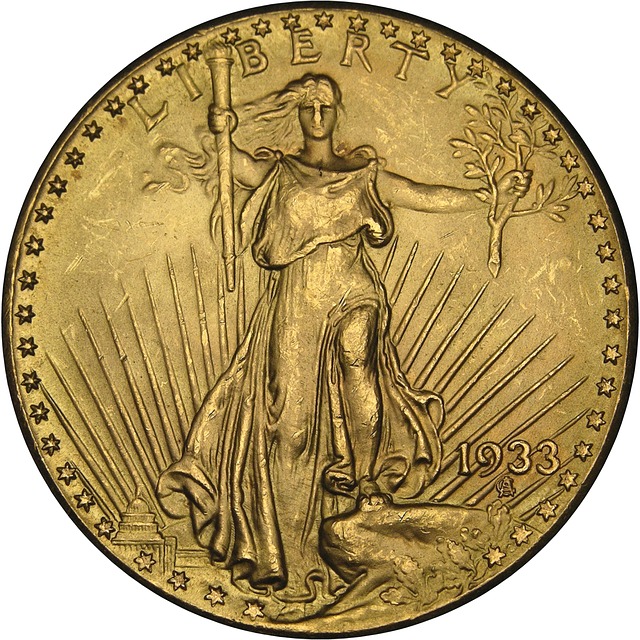
Recommendations for taking Macro Photography
Before talking about the tools or accessories used in macro photography, it would be important to list a series of recommendations to follow when taking macro photography.
Choose the reason well
First of all it is important to tell you that you must choose the reason. Yes, you have read that correctly since this first choice corresponds more to the attention of “motive” than to the notion of “composition”. This last premise will be adjusted intuitively, attending first to the shape and then the background that surrounds the model, which is blurred, complementing the image.
If you choose two or three models in the same frame you should use lenses with very good macro resolution that capture more of the environment and incorporate it into the scene where individuals unfold, where the law of composition of the image plays a primary role. But going back to work with a single model, let’s say that the textural appearance and the color of a flower or the shape of an insect captured in a photograph with a size larger than the real one, in itself implies the concept of composition.
In macro photography, generally what surrounds the captured subject, the background, comes out of focus since the model will be your center of interest and will occupy almost the entire plane of the photo . In this type of photography, the ideal is to highlight the subject and this is achieved by reducing the depth of field by adjusting the aperture.
In an environment other than the natural one, if the background must be taken care of, even if it is out of focus because the blurred and opaque forms are combined in the compositional game of the image that you can accommodate at will before capturing it. Once you have captured your interest and chosen the subject, you should take an extreme close-up of the shot with your camera. Practice various shots and angles to explore your possibilities as a model for this type of photography.
Have a good photographic team
If you are starting out in this mode, there are many things to consider, such as the purchase of macro and telephoto lenses for this purpose . They will be onerous, more if, however, the lack of them cannot stop you from starting by taking certain shots so that you can understand the technique of this type of photography and the ideal subjects to capture in a macrophotography.
Remember the image perspective
Having chosen your motif you must plan from what perspective or angle you will take the photo ; a chopped or contrapicado; natural light conditions, atmospheric conditions and the use of artificial light; if it is at rest or movement. This experimentation will break away from conventional shots and result in more original shots.
Get started by shooting close to the subject with a normal lens while equipping yourself with a macro lens. Practice will make perfect. Depth of field is nothing more than the remaining space in front of and behind the model that is in focus. This is reduced in macro photography so you should always plan your framing. Some variation in it with a slight adjustment will ruin the photo because you will be working with a very narrow frame or focus plane.
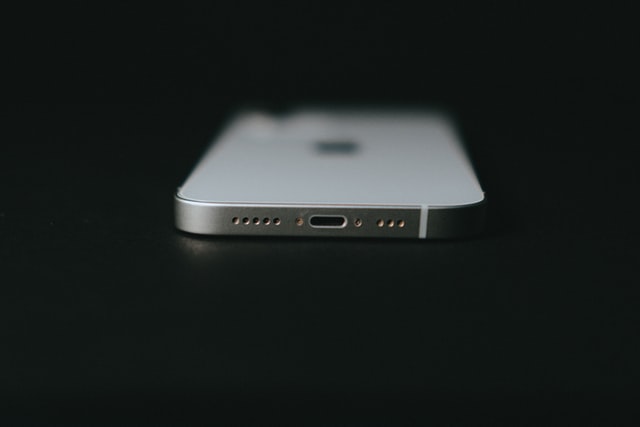
Get inspired
You can use observation and exploration to vary the environments to be photographed where other subjects spend the night, such as spores and fungi. You will thus expand your knowledge of unsuspected worlds. In practice you will correct the problems that will arise with the focus and the use of flash that you will be able to amend in the edition. This can help you take your first shots in this tiny world of macro photography.
Clean up what is in the way
In the process of squaring the angle and before taking the capture, clear everything that “dirties” the shot. In that miniature world enlarged with a lens, everything is maximized, even what is foreign to the subject to be photographed. You must provide yourself with tweezers and brushes to gently sweep and remove everything that is in the way, without spoiling or ruining the moment you want to capture of the subject
Don’t forget the lighting
With regard to natural light conditions study well the amount of light that reaches the subject to consider providing flashlights . Illuminate your motif. It is important to remember that when working with a shallow depth of field produced by a closed diaphragm, the input of light is still reduced so the use of auxiliary lights is vital. You must also incorporate the use of flash and a diffuser that you place between the flash and the subject to soften the light hit.
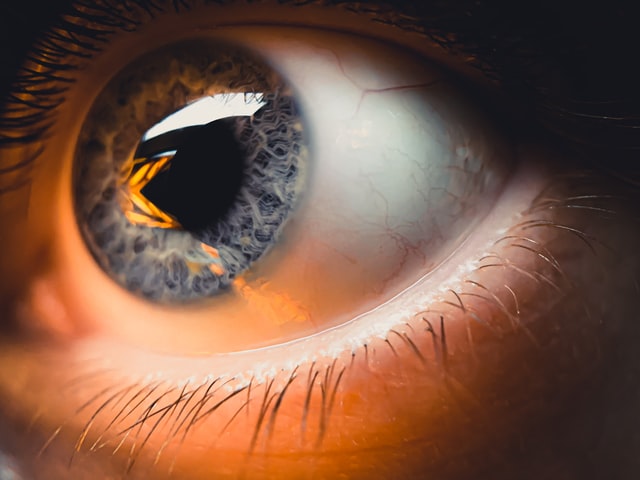
Avoid movements
Eliminate vibrations that can ruin the shot. Again, the fact that when working with captures very close to the model, the depth of field is reduced. The use of a closed diaphragm extends this having good lighting conditions. So avoid any movement or vibration as it will take your model out of focus, unless the shallow depth of field is used to your advantage creatively.
Choose a focal point in your subject. The background together with the rest of it comes out of focus with a blurry appearance, making a contrasting composition and striking with the partial sharpness of the model. Work with high shutter speeds while you train. As you use and gain experience with the use of the flash, you can lower the shutter speed. Regarding the focus, it is always recommended to work preferably with manual focus, although there are unforeseen and fast situations in macro photography that warrant resorting to automatic focus. However, work with the manual, you just have to train yourself to square it quickly when you need to focus.
Use the tripod for certain models
Regarding the decision to work with the tripod it is optional since if you have individuals in movement or where the wind conditions affect the variation of the scenes, it is not good idea to place it because it will take time to locate it and you would lose good capture opportunities.
Working with animal models implies being on the lookout to wait for the best moment, knowing that it can only last a few moments, so it is recommended to carry your camera, already prepared, hanging on your chest. In situations where there is immobility and the model assures us stillness if it can be used, also if you take the shots with a telephoto lens and with long exposure shutter speeds. You will need a wired trigger to press the trigger. This ensures that vibration is minimized. If it is not possible to have it, use the automatic timer.

What do I need for macro photography?
Camera
In times when compact cameras were used, there was what we called «false macro» and it was located on the computer with a symbol represented by a flower . This function provided an approach to the model but not with the dimension with which we know macro photography as such today. Macrophotography really begins with the use of the reflex camera and it is not precisely this that provides the feature but rather the type of lens to use.
Regarding the camera to use, today macro photographers prefer those with interchangeable lenses and that is the true essence of macro photography. DSLR and mirrorless systems are equally eye-catching for this job.
Macro goals
To get started in a more technical and professional way, it is necessary to use a macro lens since they photograph the model in real size. This tool will be in a macro range of 30 cm or less, managing to capture the subject with total clarity.
Adapter ring
If you are still waiting to buy it, you can buy a ring to adapt the inversion of the normal camera lens which will give it the desired macro effect. These are adapter rings that adapt to any objective used, making the investment cheaper but the result is very different from that of a real macro lens.
Conversion lenses
There are also so-called lenses or approximation filters with a plano-convex shape that are adapted by screwing it in front of the camera lens, increasing the image according to the number of diopters. Its poor manufacture incorporates distortions in the image so it is recommended for the exclusive use of amateurs.
There are other so-called approach lenses that in operation resemble the previous lens, with the difference that they are a pair of achromatic lenses that correct distortions provided by traditional close-up lenses, but their close-up range is still low and expensive, so they are not widely used by professional photographers.
Other ways to solve a macro lens is to attach two lenses by means of a ring similar to a filter with threads at both ends that facilitate the adaptation of the same. One fits the camera and the other is upside down. This coupling works as if you were using close-up lenses.
The second lens serves as a filter that results in good optical quality. In general, the most used combination is a telephoto lens joined thanks to the ring to a wide angle lens that works as a close-up lens. It all depends on the combination made to obtain the desired image quality.
Extension tubes
To also increase the focal length and therefore enlarge the image, a bellows or extension tube is used only in cameras with detachable lenses. It is an accessory that offers the possibility of moving the lens away from the camera. They are hollow cylindrical spacers that go between the camera mount and the lens to increase the length and move the lens to the subject.
Another form of approximation objective has to do with what is known as a super macro and that we could say that it touches the boundaries of photomicrography. They also shorten the focal length but with an extraordinary resolution similar in shape to microscopes.
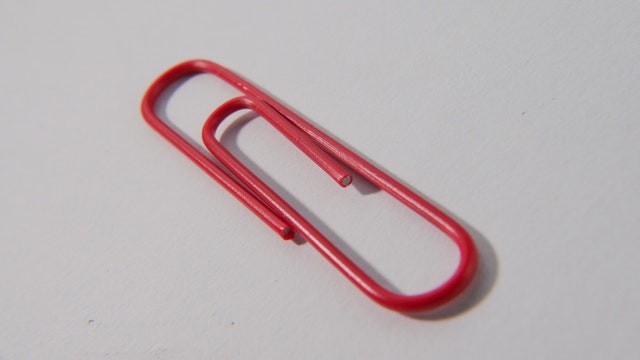
Finally you could launch yourself to discover abstract themes with macro photography. It is true that his practice has revealed an interesting world. So you will not cease to be surprised when you discover shapes, textures and colors that are rhythmically associated in a composition playing with the striking opposition that it brings by combining the sharp with the opaque, the rough with the smooth. In this way you will be definitely anchored to explore your creative capacity with the possibilities that Macro Photography offers you

